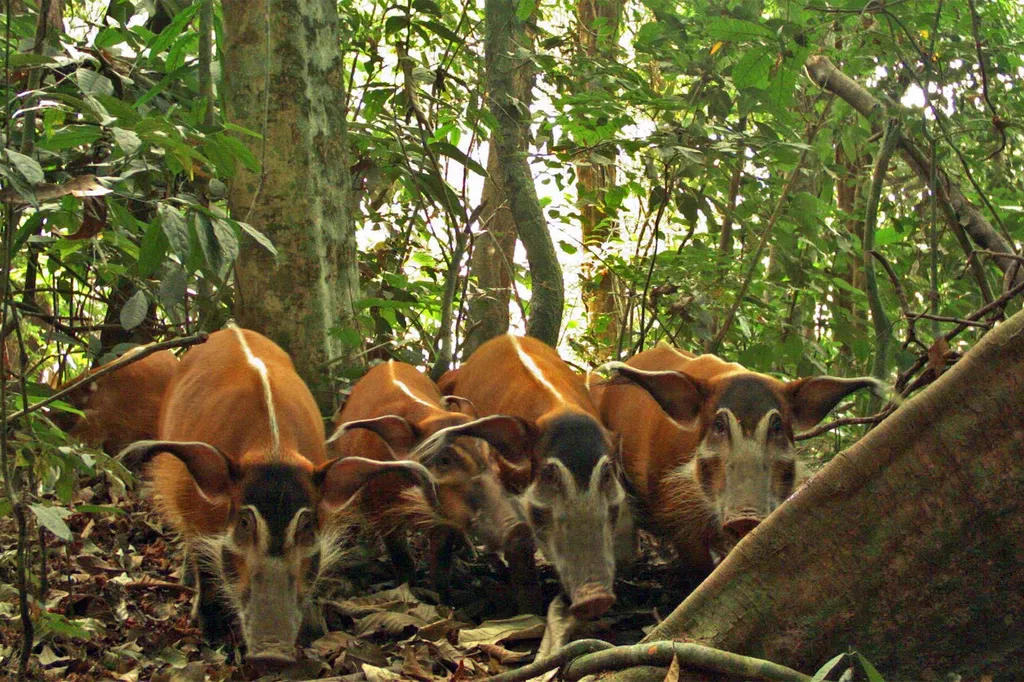In the heart of Nigeria, the Imo River sustains a vital fishery that supports local livelihoods and regional food security. However, new research published in *Manglar* reveals that the Hepsetus odoe, a key species in this ecosystem, is facing significant pressure. Led by C. Ogueri of the Department of Fisheries and Aquaculture Technology at the Federal University of Technology, Owerri, the study sheds light on the current state of H. odoe stocks and offers critical insights for conservation and management strategies.
The research team collected and analyzed data from 131,226 specimens of H. odoe over a seven-month period in 2023. Using advanced analytical tools like the Electronic Length Frequency Analysis (ELEFAN II) and the Von Bertalanffy Growth Model (VBGM), they estimated key growth parameters and mortality rates. The findings paint a concerning picture: the species is slightly over-exploited, with an exploitation rate of 0.57 yr⁻¹, exceeding the estimated maximum sustainable exploitation rate of 0.52 yr⁻¹.
“Our analysis indicates that the fishery is not operating at its Maximum Sustainable Yield (MSY),” Ogueri explained. “This means that current fishing practices are likely to lead to a decline in the stock if corrective measures are not implemented promptly.”
The study highlights several critical issues. The reproductive load suggests over-fishing, and the Relative Yield per Recruitment (Y’/R) indicates that the fishery is underperforming. To mitigate these challenges, the researchers recommend restricting mesh sizes and implementing a closed fishing season during the recruitment peak in June each year. These measures could help prevent the collapse of the H. odoe fishery in the Imo River, ensuring the species’ conservation status is maintained as per the International Union for Conservation of Nature (IUCN) guidelines.
The commercial implications of this research are significant. The agriculture sector, particularly the aquaculture and fisheries sub-sectors, relies heavily on sustainable stock management to ensure long-term viability. Over-exploitation of H. odoe could lead to economic losses for local fishermen and processors, as well as potential disruptions in the supply chain. By adopting the recommended management strategies, stakeholders can safeguard this vital resource and ensure the continued prosperity of the fishery.
This research not only provides a roadmap for immediate action but also sets a precedent for future studies in similar ecosystems. The methodologies employed and the data collected offer a robust framework for assessing and managing fisheries stocks, ensuring sustainability and resilience in the face of environmental and anthropogenic pressures.
As the world grapples with the challenges of climate change and biodiversity loss, studies like this one are crucial. They provide the scientific foundation necessary for informed decision-making and highlight the importance of proactive conservation efforts. By heeding these findings, we can work towards a future where fisheries are managed sustainably, supporting both ecological health and human well-being.

